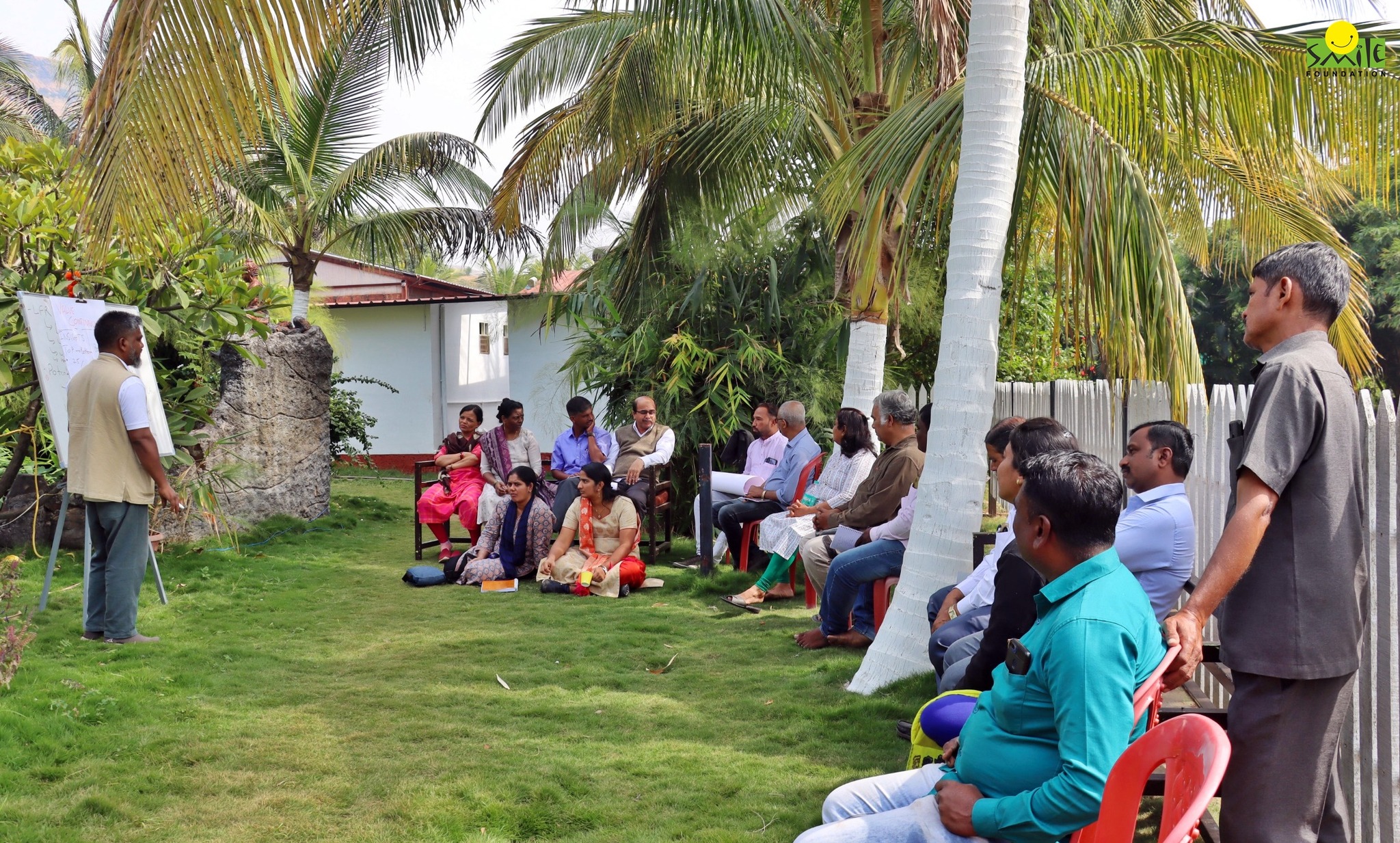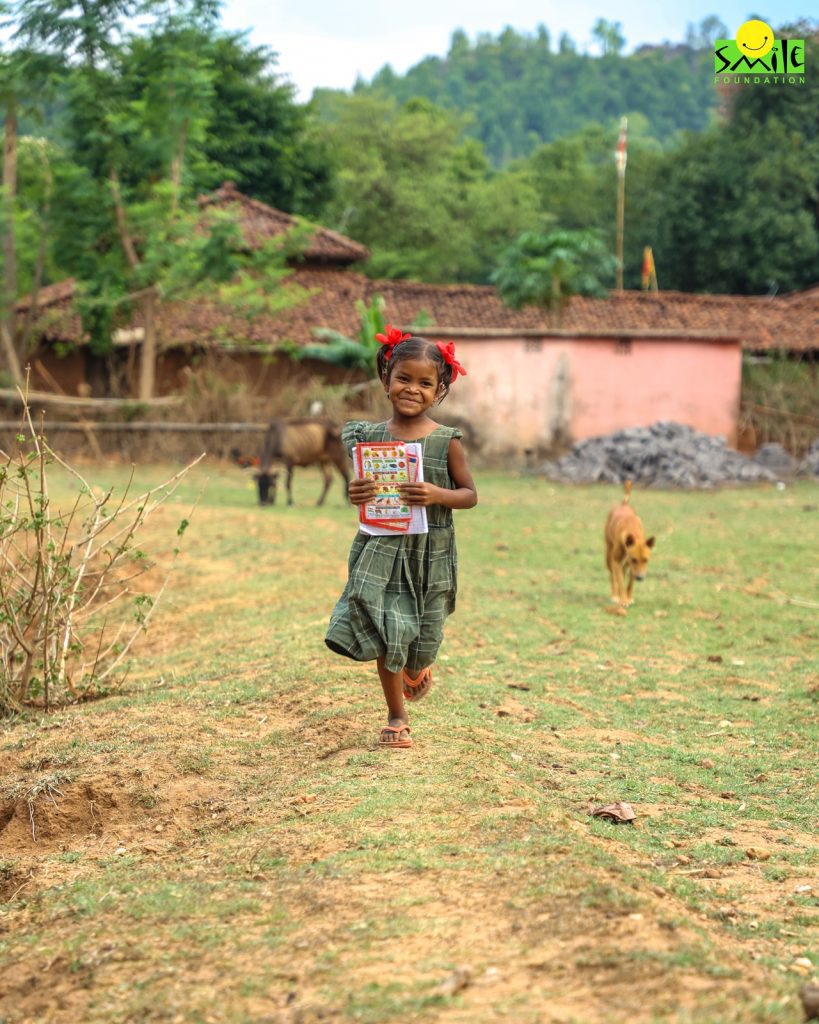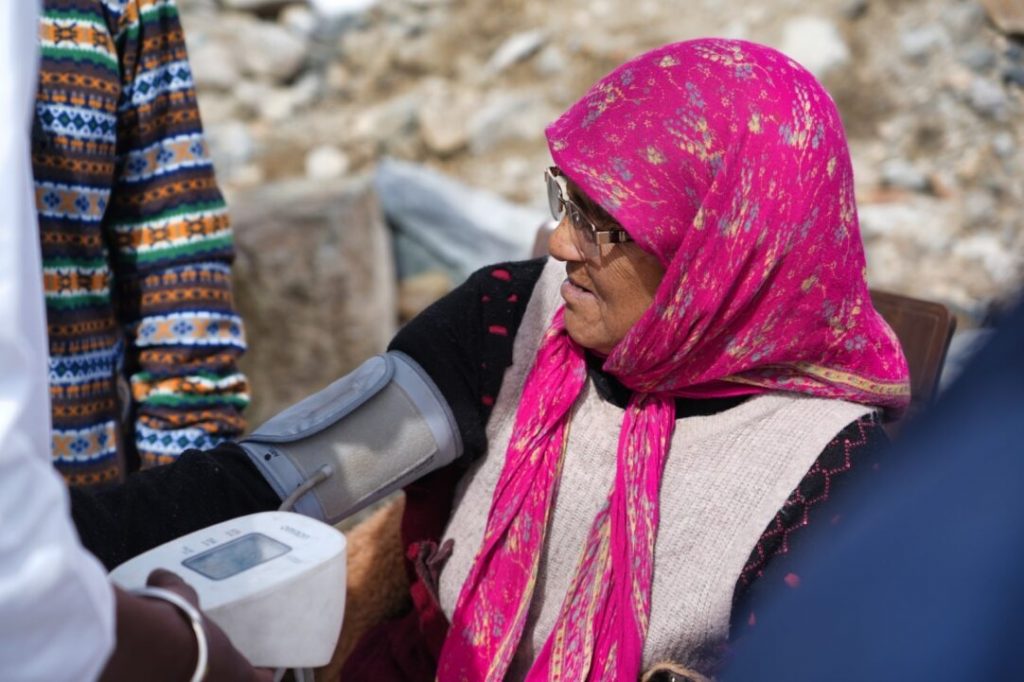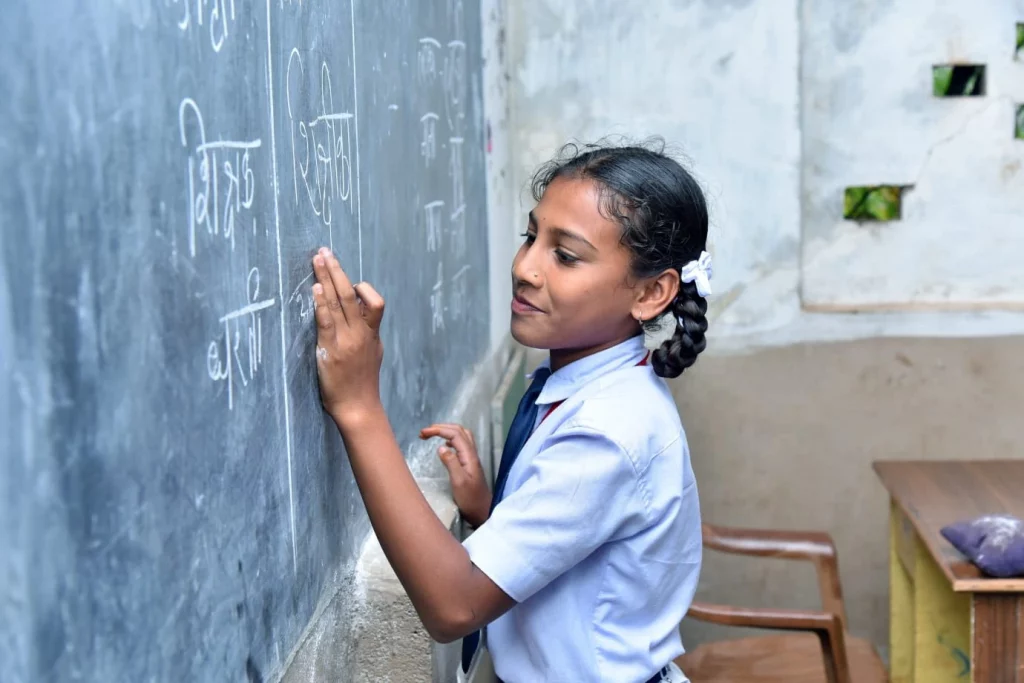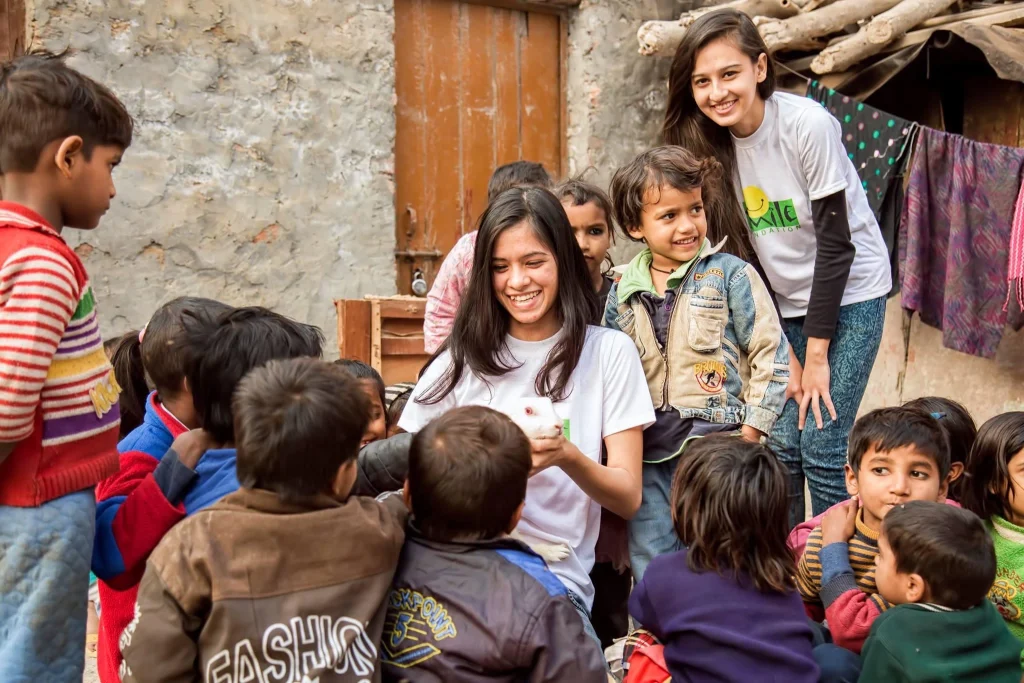Before Anna Hazare became the face of a protest movement in India, he was a grassroots worker in the small village of Ralegan Siddhi in Maharashtra. Through his work, he transformed the village into a model of development from being a drought-affected and poverty-stricken area. It was through the grassroots initiatives led by Anna Hazare that the villagers came together and started projects like watershed management and made their village self-sufficient. This transformation underscores the power of grassroots movements in addressing local challenges and driving rural development.
Challenges and opportunities of rural India
According to estimates, out of the total population of India, around 65 percent lives in the rural areas. This is a massive number considering the total size of India’s population. This is why rural India is also the backbone of the country because of the contribution it makes through agriculture, handicrafts, traditional arts, and many small-scale industries. Rural India also contributes impressively to the economic development of the country and this is why rural consumption is an important metric of assessing India’s growth trajectory.
However, rural India faces persistent challenges, including poverty, lack of infrastructure, limited access to education and healthcare, and environmental degradation. Even today, amidst all the technological growth and diversification of livelihoods, around 47 percent of the rural population depends on agriculture for sustenance. Not just that, even with all the development, many people living in rural India still struggle for access to basic facilities like roads, clean water, electricity, healthcare, etc. Rural female labour force participation has increased from 19.7% in 2018-19 to 27.7% in 2020-21, reflecting progress but also the need for further empowerment.
This is why, with all the challenges that rural India faces, we need robust grassroots interventions that can create community-driven solutions and bring about a needed change.
What are grassroots movements?
Grassroots movements are those initiatives that originate from and work on the ground. They are community-driven and address the local issues of the people. This is the reason why grassroots movements are also localized and unique to every region. For example, in a region with water scarcity, grassroots movements will primarily focus on creating solutions that deal with that problem. Those solutions will not work in a region which suffers from the problem of flooding every year.
Unlike top-down approaches, grassroots movements originate at the local level, empowering individuals to take ownership of their development. Grassroots movements can focus on various areas, including environmental conservation, economic empowerment, social justice, health, education, etc. The primary strength of any grassroots movement is its ability to mobilize the people, use the knowledge that is available locally, and create solutions that are sustainable in the long run.
Examples of grassroots movements in India
India being a largely rural country for decades has seen many movements that transformed the face of rural regions. Let us look at a few of them:
- Chipko movement – This is perhaps a grassroots movement which most of the Indian students study about in their schools. An environment conservation movement that started as a protest against cutting down of trees became a symbol of resilience of people. During the movement, villagers, especially women, hugged the trees to prevent people from cutting them down. The movement not only protected the environment but also highlighted the role that women can play in grassroots movements.
- Narmada Bachao Andolan – Led by Medha Patkar, this movement opposed the construction of large dams on the Narmada River, which displaced thousands of tribal communities. While the movement faced challenges, it brought global attention to the rights of marginalized groups and the environmental impact of large-scale projects.
- Self-Employed Women’s Association – This is one of the grassroots movements which has created a sustainable impact and continues to do so. Self-help groups in general have helped people in rural areas to come together and support each other. In the case of SEWA, it empowered women by skilling them, providing them micro finance, and helping them set up their businesses.
- Swachh Bharat Abhiyan – Led by the prime minister of India, this movement became a grassroots initiative in both rural and urban areas, bringing people and administration together to promote cleanliness, improve sanitation facilities, and eliminate open defecation from the country.
Grassroots movements and future of rural development
As we move more and more towards technology and as it becomes easier to connect with each other via the internet, the question may arise about the relevance of grassroots movements. However, it is important to understand that the importance of grassroots movements cannot be ignored, especially as India continues on its growth trajectory. India can only grow if it takes along its rural areas. In future, there are some areas that India needs to put a special focus on:
- Climate change – The problem is not only local, but global. India being a majorly agrarian economy, it needs to find more sustainable ways of growing crops which reduces our dependence on excessive use of water. Choosing crops that are a good alternative to water intensive farming and renewable energy can create a big impact for India and the world.
- Digital inclusion – There is no denying that digital divide exists in India and to ensure that both urban and rural populations progress in tandem, what we need is to promote digital inclusivity. This can be achieved through government intervention and providing affordable internet access in rural areas.
- Healthcare – Even today, a large number of Indians travel to major cities to receive quality healthcare support. If we want our grassroots populations to become self-sufficient, we need to ensure that they have the necessary healthcare facilities available to them locally. This can be achieved by building infrastructure and using digital tools to bring telemedicine and consultation to these areas.
- Skill development and education – This is another area which can act like a game changer for India. With a large population in the working age bracket, India can either leverage the opportunity or miss out on the growth that can come by building a productive workforce.
- Women’s empowerment – Lastly, India needs to focus heavily on promoting gender equality and empowerment of women because they make up half of the country’s population. By including them in the Indian growth story, the country can move forward at a much faster pace.
Grassroots movements have the potential to transform rural India by addressing local challenges, empowering communities, and fostering sustainable development. The success stories of Ralegan Siddhi, the Chipko Movement, and SEWA demonstrate the power of collective action and community-driven solutions. As India looks to the future, investing in grassroots movements and supporting local leadership will be crucial for achieving inclusive growth and bridging the urban-rural divide. By harnessing the energy and aspirations of rural communities, India can build a more equitable and prosperous society for all.
Smile Foundation strengthening grassroots organizations
Smile Foundation supports grassroots organizations through its ‘Empowering Grassroots‘ programme, which aims to enhance the capabilities of community-based organizations (CBOs) to achieve local sustainability and effectiveness. This initiative aligns with India’s ‘Atmanirbhar Bharat’ mission by focusing on several key areas:
- Capacity Building: The programme offers training in governance, leadership, communication, fundraising, and resource mobilization to help CBOs improve their organizational planning and operational efficiency.
- Workshops and Training Sessions: Regular workshops and face-to-face learning sessions are conducted throughout the year, enabling CBOs to address operational challenges and maximize their impact on the ground.
- Promoting Local Fundraising: The foundation emphasizes mobilizing local support to reduce dependency on foreign resources, fostering self-reliance among grassroots organizations.
Through these efforts, Smile Foundation has built the capacities of over 500 grassroots development organizations, strengthening the base of India’s socio-economic pyramid and promoting sustainable community development.

